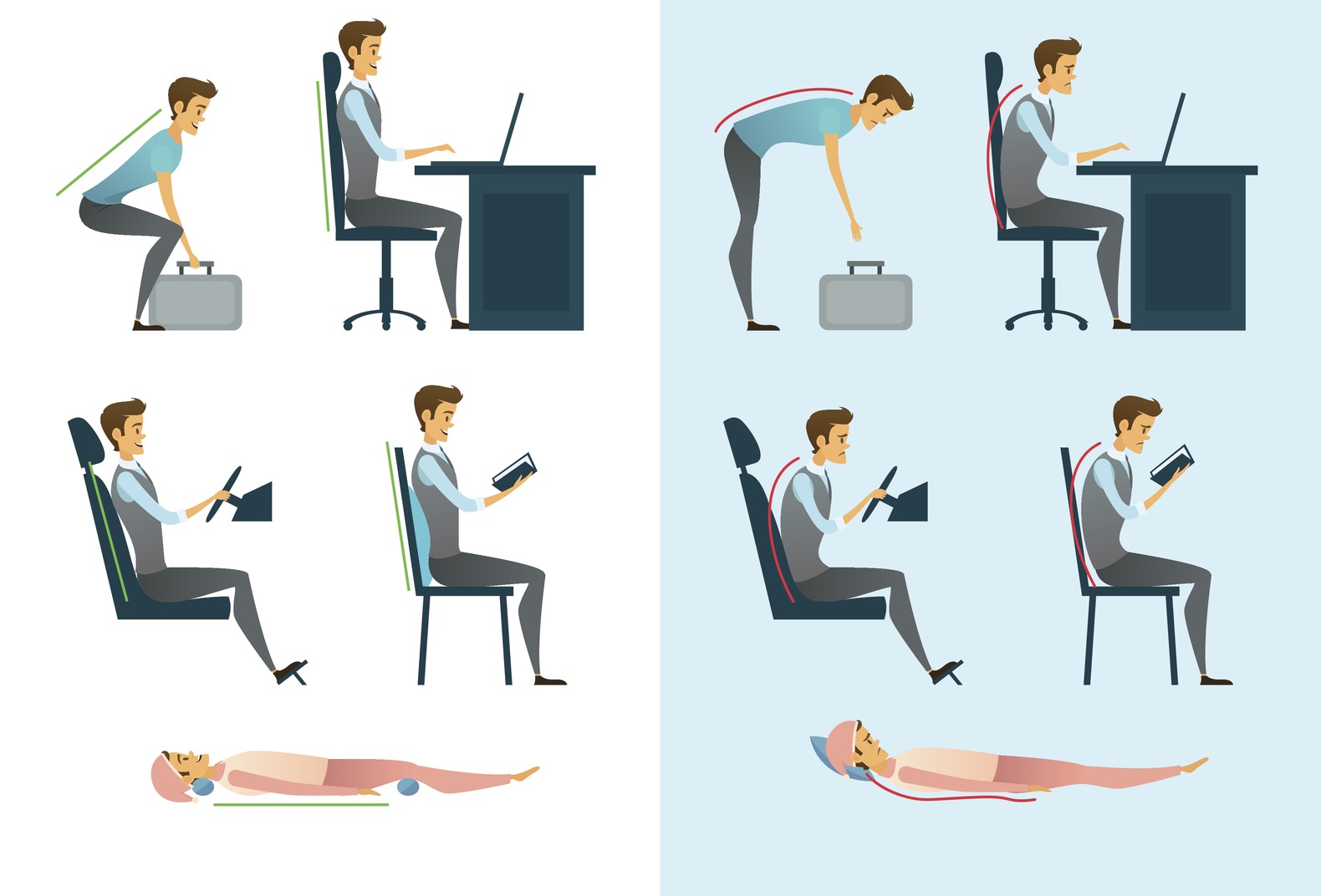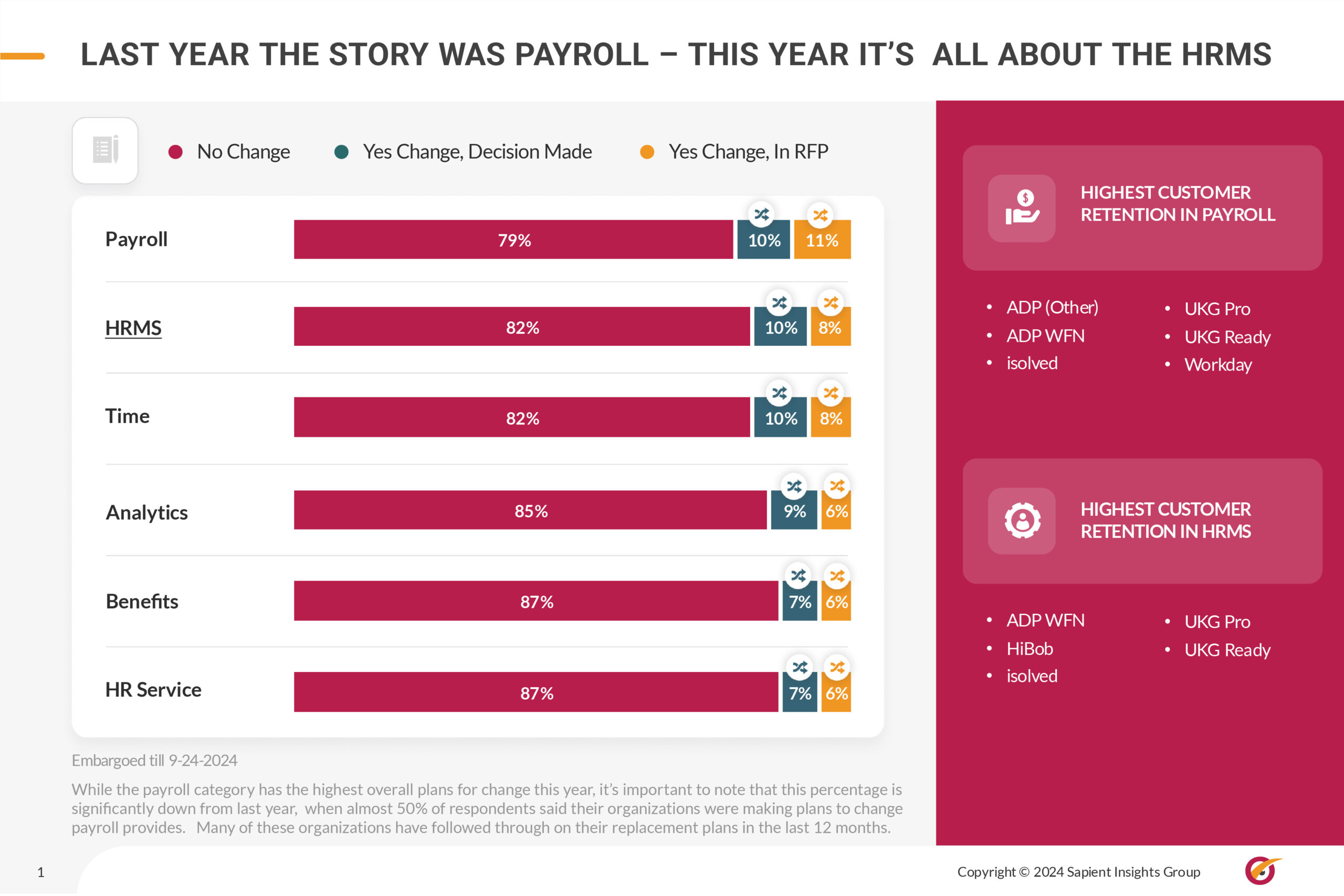The science and practice of workplace ergonomics
- HRM Asia Newsroom
- Topics: Employee Experience, Features, Health and Wellness, Singapore

|
About the Authors Sylvia Ho is a Senior Principal Physiotherapist at Core Concepts Group. Victor Khoo is Managing Director for the Core Concepts Group. Core Concepts deliveres functional wellness and rehabilitative services for the musculoskeletal system, and is the largest private physiotherapy group in Singapore. |
Workplace ergonomics is the science of arranging and fitting the workplace according to the capabilities, needs and limitations of employees.
In the process of improving the ergonomics in a workplace, the environment is designed and furnished with the necessary equipment to ensure that employees are physically comfortable. This helps their bodies to not suffer unnecessary strain and can contribute to higher productivity.
A study by the Workplace Safety and Health Institute surveying Singaporean companies found that employees in companies with a comprehensive approach to workplace safety and ergonomics were 7.4 times more likely to be satisfied with their jobs. They were also 4.4 times more likely to be proud of working for the company.
Well-thought-out and integrated workplace ergonomics create a safe, comfortable and productive environment that brings out the best of the employees’ abilities.
When the need for good workplace ergonomics is met, workplace safety and productivity are maximised. Employees become less prone to musculoskeletal injuries and mental fatigue, enabling quality work and higher levels of satisfaction in their jobs – there’s less need for them to call in sick, further boosting overall productivity.
Furthermore, good workplace ergonomics can also help with employee retention because happier and healthier employees translate into improved morale and employee welfare. In the long run, these can help the organisation’s culture flourish and reduce cost at the same time.
In contrast, poor workplace ergonomics compromise employee safety, productivity and happiness which can affect the larger company culture and business bottom-line. Organisations may see a decline in potential output and earnings, especially when they may face increased insurance premiums and medical and administrative costs from injured employees.
This can prove to be costly as seen from findings that reflect how ergonomic-related workplace health problems, such as backaches, stiff necks and numb wrists, cost Singapore $3.5 billion a year.
On the other hand, in Australia, work-related injuries and illnesses have penalised the economy of over $60 billion. We see why workplace ergonomics has become more widely adopted in recent years because in an ageing population like Singapore, as employees age, they face a wider spectrum of safety and health risks.
Stress and strain in the workplace environment can lead to burnout and absenteeism due to sickness. People also tend to underestimate the impact that the anxieties from pain and discomfort have on the mind, and how it inevitably lowers productivity. Workplace ergonomics can help prevent this.
How to get started with workplace ergonomics
Companies in Singapore like GSK, Tableau and Spotify, for example, are equipping their new offices with adjustable standing desks in hopes of creating better workplaces. However, as work becomes more digitised, employees are also more tethered to their workstations and mobile devices than ever before.
While the right set up for a good workplace environment is important, it has to be complemented with education efforts as employees and organisations need the knowledge to adopt and use the tools provided to them in the correct way. Because there are limits to the adjustments we can make externally, we need to also work inside-out to better prepare bodies for the demands of the external environment.
Workplace injuries can be debilitating for employees and expensive for organisations, but an effective ergonomics program helps circumvent this. There are some steps that organisations can take to improve workplace ergonomics for their employees.
Manager buy-in:
Garnering managerial support is one of the most essential parts of achieving success in any workplace ergonomics program. Employers and leaders need to see the value of workplace ergonomics, understand how it works and the benefits that will come from this investment.
Consult an expert:
Companies may be overwhelmed by the many factors or areas of improvement up for consideration. They may also face challenges in balancing resources for their workplace ergonomics initiatives.
It is best to consult with a physiotherapist or workplace ergonomics consultant to identify your objectives and how to best reach them in a cost-effective, constructive way.
Assess and prioritise risks in the workplace:
The physical demands experienced by employees differ from company to company. Companies with deskbound workers may survey employees to find that many suffer from backaches due to improperly adjusted desks and chairs. Others may discover other strains in the body, stemming from poor posture while carrying heavy loads.
Before embarking on any workplace ergonomics program, there is a need to identify the unique and most salient risks within the workplace that need to be addressed, and this can be achieved the help of an expert.
Map and install the tools needed:
Having identified the ergonomic needs within a workplace, companies can look at installing and introducing the right furniture and equipment. This can be with the likes of adjustable desks and chairs, lower shelves, step stools, or even pillows to support the back.
Cost will likely be a factor of consideration, so companies may choose to prioritise the installation of tools that can address the most pressing issues first. After which, they ought to carve out the remaining resources needed for a complete ergonomic change.
Cultivate ergonomics habits as part of company culture:
While investing in furniture or tools for the optimal workplace set up is important, companies should equip employees with ergonomic principles to complement the new tools they install.
Expert physiotherapists can provide training sessions to teach employees a variety of these principles. Employees can learn the right body postures for sitting, moving files or heavy objects, and how to position their computers or documents while engaged in work.
Physiotherapists can also advise on simple stretching exercises that reduce muscular tension and strain.
World Physical Therapy Day
Happening every year on 8 September, World Physical Therapy Day seeks to raise awareness about the work that physiotherapists do for individuals in the workplace and beyond – educating on healthy habits, guiding the recovery processes from injuries, and helping restore damaged functionality.
The theme of the event every year is Movement for Health.






